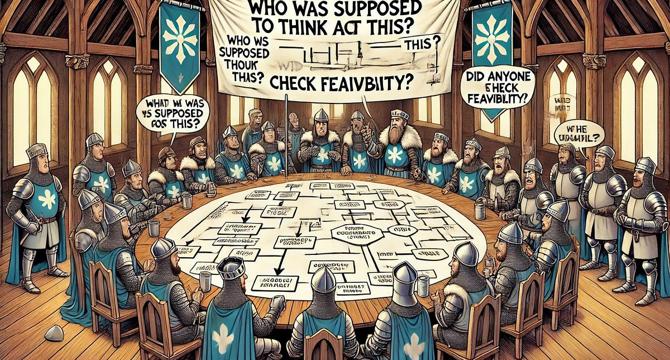Medium
1w
227

Image Credit: Medium
Who’s Doing the Thinking Here?
- Teams often face challenges in defining boundaries of who should be doing the thinking within a project, leading to confusion and delays.
- Implicit conflicts arise between possession of tasks and understanding their purpose, contributing to unexpected complexities.
- Issues can occur when responsibilities like technical ownership are assumed without clear understanding of roles.
- Expecting developers to make final decisions without accounting for evolving circumstances can lead to inefficiencies and post-deployment problems.
- Effective collaboration requires stakeholders to understand their roles and thinking modes from the beginning of a project.
- Defined thinking modes for stakeholders, such as Product Owners and Developers, can enhance product delivery.
- Involving a broad group of stakeholders from the start can lead to well-defined specifications and successful product outcomes.
- Balancing business value, technical feasibility, and stakeholder input is essential for robust problem-solving and solution development.
- Misalignment in understanding the technical landscape due to lack of communication can result in last-minute rework and architectural issues.
- Transparency around changes and ongoing communication are crucial for effective decision-making and solution development.
- Encouraging stakeholders to think critically and question assumptions can lead to more comprehensive problem-solving and better project outcomes.
Read Full Article
13 Likes
For uninterrupted reading, download the app